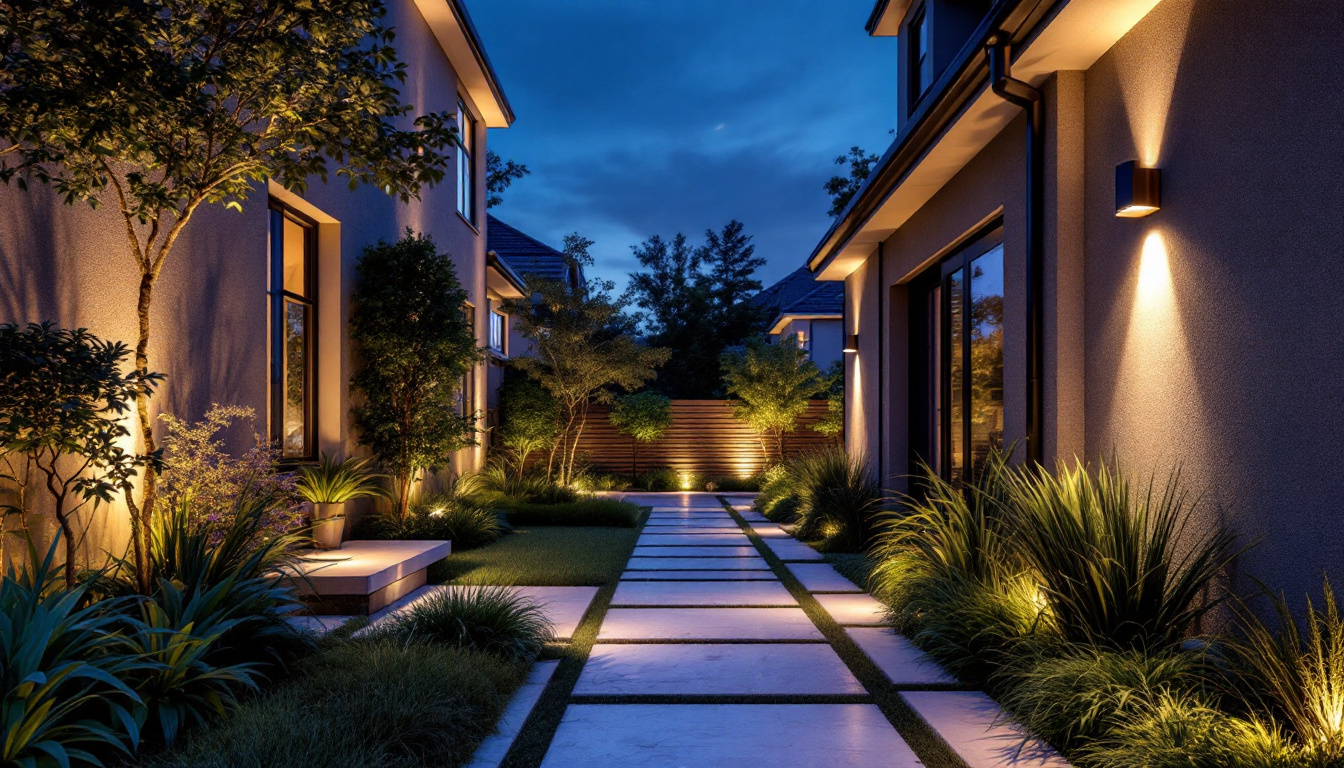
Basements often serve as multifunctional spaces, from storage areas to cozy entertainment rooms. However, one common issue that plagues these subterranean environments is inadequate lighting. Proper lighting not only enhances the functionality of a basement but also contributes to its aesthetic appeal. This article delves into the best lighting options for basements, providing insights and tips to help lighting contractors create inviting and well-lit spaces.
Before selecting lighting fixtures, it is essential to understand the unique characteristics of basement spaces. Basements typically have limited natural light, which can make them feel dark and uninviting. Therefore, the primary goal of basement lighting should be to create a bright, welcoming atmosphere while ensuring that the lighting is practical and efficient.
Every basement is different, and the first step in planning the lighting design is to assess the space. Consider the size, layout, and purpose of the basement. Is it primarily a storage area, a laundry room, or a recreational space? Each function will require a different approach to lighting. For instance, a home theater will benefit from dimmable lights, while a workshop may require bright, focused lighting.
Additionally, take note of any architectural features such as low ceilings, support beams, or windows. These elements can influence the type and placement of lighting fixtures. Understanding the space will help in selecting the most suitable lighting solutions. Furthermore, consider the color scheme of the basement; lighter colors can reflect light and enhance brightness, while darker colors may absorb it, making the space feel even more confined. By combining an understanding of the space’s purpose with its physical characteristics, you can create a tailored lighting plan that meets both aesthetic and functional needs.
There are several types of lighting to consider when illuminating a basement: ambient, task, and accent lighting. Each type serves a different purpose and can be used in combination to achieve a well-rounded lighting scheme.
ambient lighting provides overall illumination and is typically the primary source of light in a room. This can be achieved through ceiling-mounted fixtures, Recessed lighting, or wall sconces. The goal is to create a uniform light distribution that eliminates dark corners and shadows. Consider using LED fixtures for their energy efficiency and longevity, which can be particularly beneficial in a basement where lighting may be used for extended periods.
Task lighting focuses on specific areas where activities take place, such as reading, working, or crafting. Desk lamps, under-cabinet lights, and adjustable floor lamps are excellent options for providing targeted illumination where it’s needed most. When selecting task lighting, it’s also important to consider the color temperature; warmer tones can create a cozy atmosphere, while cooler tones can enhance concentration and focus, making them ideal for workspaces.
Accent lighting adds visual interest and highlights architectural features or decorative elements. This can include track lighting, wall-mounted picture lights, or LED strip lights. While accent lighting is not essential, it can enhance the overall ambiance of the space. For instance, strategically placing accent lights to illuminate artwork or unique structural elements can transform an otherwise ordinary basement into a visually appealing area. Additionally, incorporating dimmers for accent lighting allows you to adjust the mood of the space, making it versatile for different occasions, from movie nights to casual gatherings.
Once the lighting needs are assessed and the types of lighting are identified, the next step is to explore the best fixtures available. The right fixtures can dramatically transform the look and feel of a basement.
Recessed lighting is a popular choice for basements due to its sleek and modern appearance. These fixtures are installed into the ceiling, providing a clean look that doesn’t take up valuable space. They are ideal for low ceilings, as they do not protrude and can be spaced evenly to create a uniform light distribution.
When selecting recessed lighting, consider the lumen output and color temperature. A warmer color temperature (around 2700K to 3000K) can create a cozy atmosphere, while cooler temperatures (4000K and above) can provide a more energetic feel. Dimmable options are also recommended to adjust the brightness based on the time of day or activity.
Flush Mount Ceiling Lights are another excellent option for basement lighting. These fixtures sit close to the ceiling and are available in various styles, from traditional to contemporary. They are particularly useful in spaces with lower ceilings, where hanging fixtures might be impractical.
Flush mount lights can provide ample ambient lighting and can be paired with dimmers for added versatility. When selecting a flush mount fixture, consider the design and finish to ensure it complements the overall aesthetic of the basement.
Wall sconces are versatile lighting fixtures that can add both functionality and style to a basement. They can be used to provide ambient lighting or accent lighting, depending on their placement and design. Sconces can be installed along walls to illuminate pathways or highlight artwork and architectural features.
Choosing the right wall sconces involves considering the size and scale of the basement. Larger sconces may be more suitable for spacious areas, while smaller sconces can be used in tighter spaces. Additionally, ensure that the sconces are installed at an appropriate height to maximize their effectiveness.
Incorporating smart lighting controls and automation can significantly enhance the functionality of basement lighting. These technologies allow for greater flexibility and convenience, making it easier to create the desired ambiance.
Dimmers are an essential component of any effective lighting design. They allow for adjustable brightness levels, enabling users to create the perfect atmosphere for various activities. For example, a basement used for movie nights may benefit from lower light levels, while a workspace may require brighter illumination.
Installing dimmers is relatively straightforward, and they can be used with most types of light fixtures. This small addition can make a significant difference in the overall feel of the basement.
Smart lighting systems take automation a step further by allowing users to control their lighting through mobile apps or voice commands. These systems can be programmed to adjust lighting based on time of day, occupancy, or specific activities. For instance, lights can be set to gradually brighten in the morning or dim in the evening.
Integrating smart lighting into a basement can enhance energy efficiency and convenience. Many smart systems are compatible with existing fixtures, making it easy to upgrade without a complete overhaul of the lighting design.
As energy costs continue to rise, energy efficiency has become a critical consideration in lighting design. Selecting energy-efficient fixtures and bulbs can significantly reduce electricity consumption and lower utility bills.
LED lighting is one of the most energy-efficient options available today. These bulbs consume significantly less energy than traditional incandescent bulbs and have a much longer lifespan. Additionally, LED lights produce less heat, making them a safer choice for enclosed spaces like basements.
When choosing LED fixtures, look for those with the ENERGY STAR label, which indicates that they meet strict energy efficiency guidelines. This not only helps in reducing energy costs but also contributes to a more sustainable environment.
While basements often lack natural light, there are ways to incorporate it into the design. Egress windows, light wells, and skylights can help bring natural light into the space, reducing the reliance on artificial lighting during the day.
Incorporating reflective surfaces, such as light-colored walls and ceilings, can also help maximize the effect of any natural light that enters the basement. This approach can create a brighter and more inviting atmosphere without the need for excessive artificial lighting.
When designing lighting for basements, several common mistakes can detract from the overall effectiveness of the lighting scheme. Being aware of these pitfalls can help lighting contractors create better designs.
One of the most significant mistakes is relying solely on one type of lighting. A well-designed basement should incorporate a combination of ambient, task, and accent lighting to create a balanced and functional environment. Failing to layer lighting can result in a space that feels flat and uninviting.
Choosing the wrong color temperature can have a profound impact on the mood of a basement. Cooler temperatures can create a sterile atmosphere, while warmer tones can make the space feel cozy and inviting. It’s essential to select fixtures with appropriate color temperatures based on the intended use of the space.
Improper placement of lighting fixtures can lead to dark spots and uneven illumination. It’s crucial to plan the layout carefully, ensuring that fixtures are positioned to provide optimal coverage. Consider using a lighting layout diagram to visualize the placement of fixtures before installation.
Lighting plays a vital role in transforming basements into functional and inviting spaces. By understanding the unique lighting needs of basements, selecting the right fixtures, and incorporating smart controls, lighting contractors can create environments that are both practical and aesthetically pleasing. Energy efficiency considerations and awareness of common mistakes further enhance the effectiveness of the lighting design.
Ultimately, the best lighting for a basement is one that meets the specific needs of the space while providing a warm and welcoming atmosphere. With careful planning and execution, any basement can be transformed into a bright and enjoyable area for all to use.
Ready to elevate your basement lighting project with the best in quality and value? Look no further than LumenWholesale, where we specialize in providing contractors with exceptional, spec-grade lighting solutions at wholesale prices. Say goodbye to local distributor markups and hello to a vast selection of reliable, high-performance lighting that meets the highest industry standards. Plus, with free shipping on bulk orders, you can enjoy premium lighting at the best price, without any hidden fees. Transform your basement into a bright and inviting space today by visiting Wholesale Lighting at the Best Value and experience the LumenWholesale difference.

Illuminate your projects with confidence using expert insights on solar lights for posts.

Discover the latest trends in outdoor house lighting that every lighting contractor needs to know.

Discover how solar panels can revolutionize your outdoor lighting setup with energy-efficient solutions.

Discover innovative cost-saving strategies for lighting contractors focusing on power cables.